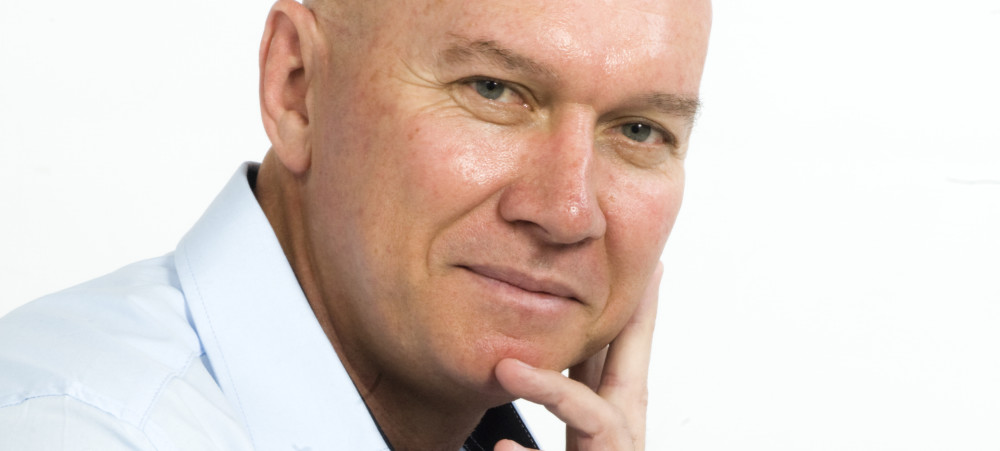If you expect a higher rate of return on your savings then you need to take on more risk. Generally speaking, the risk is the potential of your investment to fluctuate in value over a period of time. It is important to realise how risky your investments are relative to their returns. What tends to smooth out the swings in valuations is the time that you invest. So if you save in risky investments then you need to commit for a longer period. On the other hand, saving in less risky investments will not produce the same rates of return.
To help you understand where you should be investing over time relative to the risk, here is a simple investment spectrum which provides a broad brush on where to save:
Up to 5 years – low risk
These investments are very low in risk and provide more certain returns.
Debt – Don’t ignore this opportunity before committing. It is the most certain investment. You know what you are paying off and the exact interest you are saving. The effective rate of return is the interest you are being charged.
Savings accounts
Money market accounts
RSA retail bonds
5 years plus – medium risk
These investments need this time period to compensate for the fluctuations and to compound their returns.
Property exchange-traded funds
Balanced funds – unit trusts
10 years plus – High risk
These investments have a high probability of big swings in their valuations in the shorter term and therefore need a longer time to smooth out. They tend to provide higher rates of returns over time so need a longer view.
Equity Unit trust and exchange-traded funds
Shares – direct portfolios
Ideally, you need to invest over all these time periods to provide for the various savings needs in your life. Your investments should be aligned to your appetite for risk.
